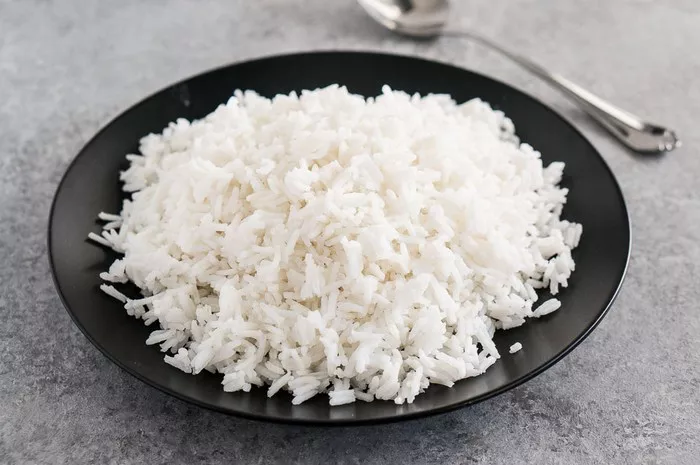In the realm of diabetes management, diet plays a crucial role in maintaining blood sugar levels and overall health. For individuals with diabetes, making informed choices about what to eat is essential to control glucose levels and reduce the risk of complications. Rice, a staple food in many cultures, often raises questions regarding its suitability for diabetics. Specifically, Spanish rice—a flavorful dish popular in Spanish cuisine—can be a topic of interest due to its ingredients and preparation methods. Let’s delve into whether Spanish rice can be part of a diabetes-friendly diet and explore the factors that influence its impact on blood sugar levels.
Understanding Diabetes and Dietary Choices
Diabetes is a chronic condition characterized by elevated blood sugar levels due to the body’s inability to produce or effectively use insulin, a hormone that regulates glucose. Effective management of diabetes involves various strategies, including medication, exercise, and most importantly, a balanced diet.
For individuals with diabetes, controlling carbohydrate intake is pivotal because carbohydrates directly affect blood sugar levels. Foods rich in carbohydrates can cause spikes in blood glucose if consumed excessively or without regard to portion sizes and overall dietary composition. Therefore, the focus for diabetics is on selecting carbohydrates that have a minimal impact on blood sugar levels while providing essential nutrients.
The Role of Rice in a Diabetic Diet
Rice, a staple food worldwide, is a significant source of carbohydrates. The impact of rice on blood sugar levels can vary depending on the type of rice, serving size, and accompanying ingredients. While white rice is more rapidly digested and can cause sharp increases in blood sugar levels, brown rice and other whole-grain varieties have a lower glycemic index, meaning they raise blood sugar more slowly and moderately.
When considering rice in a diabetic diet, portion control and choosing the right type of rice are critical. For instance, opting for brown rice over white rice can offer better glycemic control due to its higher fiber content and slower digestion rate.
Exploring Spanish Rice: Ingredients and Nutritional Content
Spanish rice, also known as Mexican rice or arroz rojo, is a flavorful dish made with white rice, tomatoes, onions, and spices. Depending on the recipe, it may also contain vegetables like bell peppers and peas. The preparation often involves sautéing rice in oil before simmering it in a tomato-based broth.
The nutritional profile of Spanish rice can vary based on ingredients and cooking methods. Typically, a serving of Spanish rice provides carbohydrates, some protein, and minimal fat. However, the carbohydrate content can be significant due to the rice and added vegetables.
Evaluating Spanish Rice for Diabetics
When assessing whether Spanish rice is suitable for individuals with diabetes, several factors come into play:
- Glycemic Index (GI): The glycemic index of Spanish rice, predominantly influenced by white rice, tends to be higher, potentially leading to quicker spikes in blood sugar levels after consumption.
- Portion Size: Moderation is key. Keeping portion sizes small and balancing rice with other low-glycemic foods like vegetables and lean proteins can help manage blood sugar levels.
- Fiber Content: Adding fiber-rich ingredients like vegetables or opting for brown rice in Spanish rice recipes can slow down carbohydrate digestion and lessen the impact on blood sugar levels.
- Preparation Methods: The way Spanish rice is prepared can impact its nutritional value. Using less oil, incorporating more vegetables, and choosing whole-grain rice can enhance its diabetes-friendly profile.
Tips for Including Spanish Rice in a Diabetic Diet
If you enjoy Spanish rice and want to incorporate it into your diabetic meal plan, consider the following strategies:
- Choose Whole-Grain Rice: Substitute white rice with brown rice or other whole-grain varieties to lower the glycemic impact.
- Control Portion Sizes: Limit serving sizes to manage carbohydrate intake effectively.
- Add Fiber-Rich Ingredients: Include plenty of vegetables like bell peppers, onions, and tomatoes to increase fiber content and nutrient density.
- Balance Your Plate: Pair Spanish rice with lean protein sources like grilled chicken or fish and non-starchy vegetables for a well-rounded meal.
- Monitor Blood Sugar Levels: Regularly monitor blood glucose levels to understand how different meals, including Spanish rice, affect your body.
Conclusion
In conclusion, Spanish rice can be enjoyed by individuals with diabetes with mindful consideration of portion sizes, ingredient choices, and overall dietary composition. While traditional Spanish rice made with white rice may have a higher glycemic impact, modifications such as using whole-grain rice and increasing fiber content through vegetables can make it more suitable for a diabetes-friendly diet.
As with any dietary decision for diabetes management, it’s crucial to work with a healthcare provider or dietitian to develop an individualized meal plan that aligns with your specific health needs and blood sugar goals. By making informed choices and practicing moderation, Spanish rice can be part of a balanced and enjoyable diet for individuals living with diabetes.
Related Topics:


























